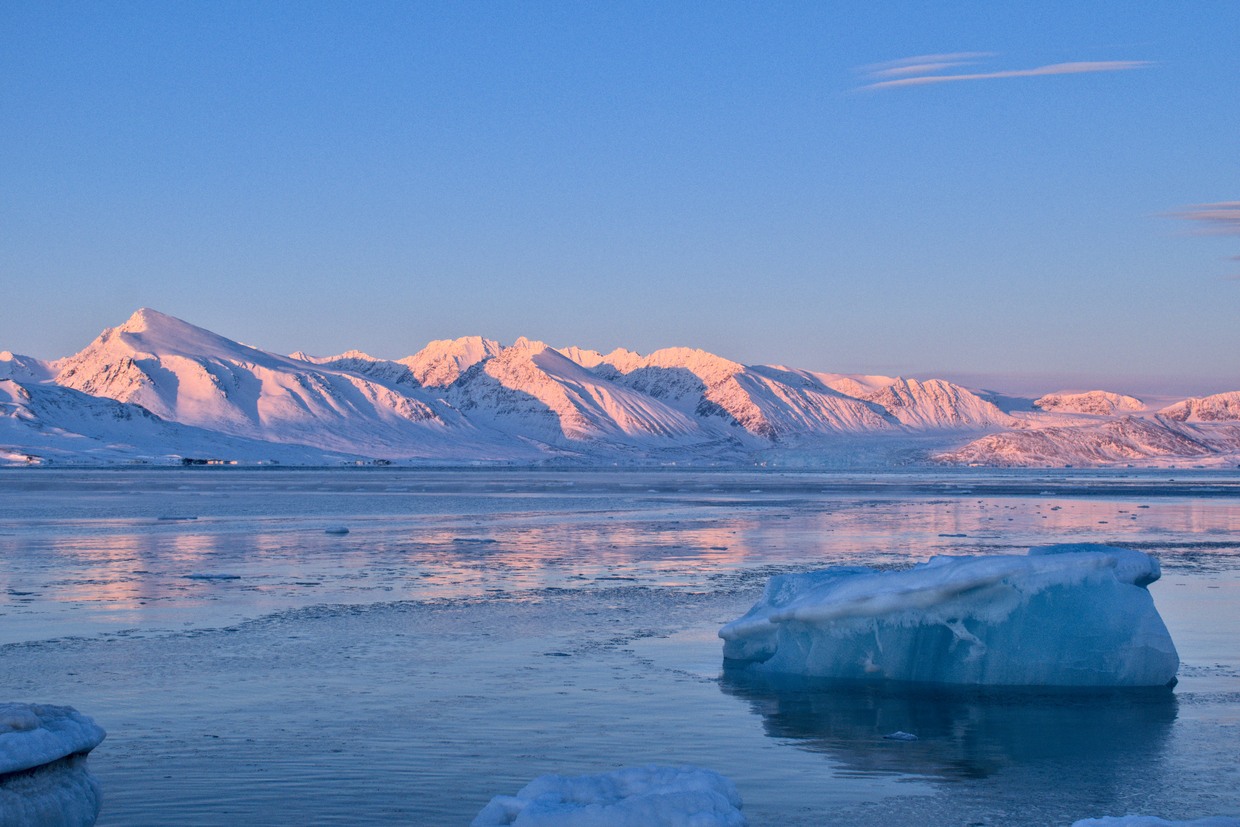Investigating ice-nucleating particles in the high Arctic on Svalbard

Arctic amplification is the reason for the rapid changes in the Arctic. The rising temperatures are amplified by feedback mechanisms between cloud and aerosols as well as the surface, be it covered by snow on land or ice on sea. The changes in the environment lead to further increases in temperatures, leading to more than double the increase in mean temperature compared to the rest of the world (i.e., IPCC 2021).
These rapid changes lead to an increase of sources of aerosols from the opening sea ice to the thawing of the permafrost. The ExINP_GVB (Examining the Ice-Nucleating Particles from the Gruvebadet Observatory) project aims at understanding the effect of these changes in the ice-nucleating particle (INP) population. INPs are a certain subset of aerosols that facilitate nucleation of liquid cloud droplets in the mixed-phase regime between 0 and -35 °C.
The WG Möhler is measuring the INP concentration with the PINE (Portable Ice Nucleation Experiment; Möhler et al., 2021) chamber at the Gruvebadet Atmosphere Laboratory (GVB) in the mixed-phase regime in a high temporal resolution during spring 2023. These measurements will provide further insights into the short-term changes in the INP concentration, for example diurnal cycles that may exist due to the sun activity and the associated algae bloom in the ocean.
This project is hosted by the Consiglio Nazionale delle Ricerche (CNR, National Research Council) of Italy and the joint French-German research station AWIPEV by the German Alfred Wegener Institute for Polar and Marine Research (AWI) and the French Polar Institute Paul Emile Victor (IPEV).
Data
https://www.imk-aaf.kit.edu/pine_monitoring_gvb.php
Contact and further Information
Alexander Böhmländer, Tim Lippmann
